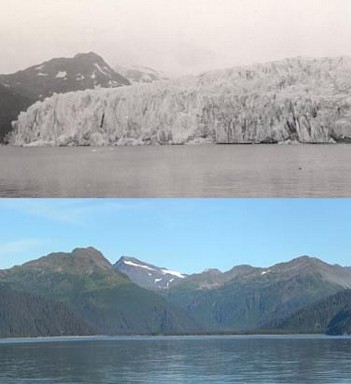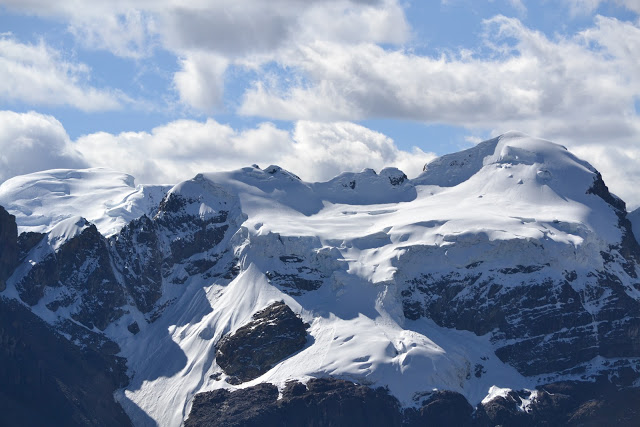Since 1970, the glaciers of Peru have decreased by over 40 percent, according to the National Water Authority of Peru (ANA), causing concern regarding the hydroelectric plants, agricultural basins and cities that lie below–particularly in the dry coastal region where most Peruvians live.
Peru used satellite images to inventory their glaciers ahead of the upcoming United Nations Climate Change Conference (COP 20), which Peru will host in December.
ANA found that 40 percent of Peru’s glaciers had melted since 19070, and some glaciers had lost more than half of their surface to melting during that time. The worst affected, the 5,200 meter (17,000 foot) Pastoruri Glacier, situated in the Andes Mountains, lost 52 percent of its surface in the last four decades.
The melts have created nearly 1,000 new lagoons, according to the ANA.
 Peru has 2,670 glaciers in 20 mountain ranges that cover approximately 2,000 square kilometers (770 square miles).
Peru has 2,670 glaciers in 20 mountain ranges that cover approximately 2,000 square kilometers (770 square miles).
The glaciers feed hydroelectric plants and irrigate agricultural basins and cities below,
Peru is one of the world’s most biodiverse nations. Below the snowy Andes Mountains lie Amazon rainforests. The coastal region, where most of Peru’s population lives, is dry, and environmentalists have raised concerns about the impact of the melting glaciers on these populated areas.
Peru is the third most sensitive country when it comes to the impacts of climate change, according to Britain’s Tyndall Centre for Climate Change Research. Changes in Peru’s glaciers could have a significant impact on precipitation and water availability.
Lima has a population of almost 10 million. It is the world’s second largest desert city after Cairo, Egypt. Lima relies mostly on non-glacial water supplies–specifically, 20 regulated lakes in the Andes, runoff from Yuramayo Lake, and the Rimac and Chillon rivers. However, Lima’s water supply is currently strained due to its growing population, and only 80 percent of Limans have access to running water.
The ANA warned that the Peruvian government needed to adopt preventative measures to protect water resources in the face of natural disasters.
By Sid Douglas
